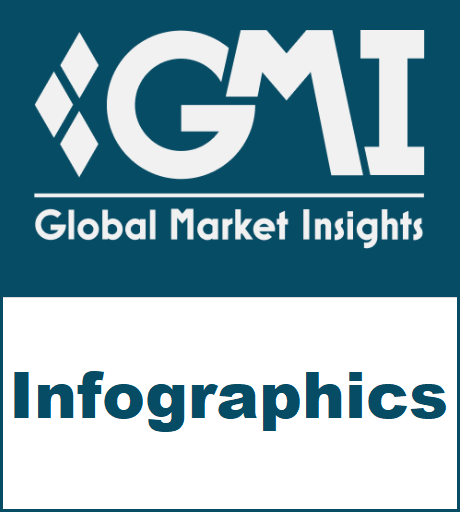Home > Pressrelease > EV Battery Cell and Pack Materials Market size to exceed USD 65 billion by 2030
EV Battery Cell and Pack Materials Market size to exceed USD 65 billion by 2030
- Published Date: October 10, 2022
EV Battery Cell and Pack Materials Market size is projected to be worth USD 65 billion by 2030, as per a new research report announced by Global Market Insights Inc. The report identifies the positive outlook of the global automobile sector as a major factor augmenting the demand for EV battery cell and pack materials between 2022 and 2030.
Despite the accelerating shift towards shared mobility, the automobile industry has witnessed unprecedented growth, owing to surging demand for logistics and passenger transport vehicles. A flourishing economic landscape with rising disposable income of individuals is also impelling vehicle sales.
Exceptional attributes to boost the adoption of nickel-metal hydride batteries
EV battery cell and pack materials market from nickel-metal hydride batteries is anticipated to be worth more than USD 2.5 billion by 2030, witnessing over 17% CAGR over 2022-2030. Nickel-metal hydride or Ni-MH rechargeable batteries are known for their tolerance to abuse, high energy density, high power, long life, quick-charge capability, and maintenance-free operations. The widespread utilization of nickel-metal hydride batteries across hybrid vehicles owing to non-toxicity, recyclability, and ambient temperature operation is impelling the segment share.
Hybrid electric vehicles to gain popularity due to better fuel efficiency
With respect to electric vehicles, the hybrid electric vehicle (HEV) segment is touted to witness over 14.5% CAGR and account for more than USD 3 billion by 2030. Hybrid electric vehicles offer a range of benefits, such as improved fuel efficiency and lower emissions at relatively lower prices, providing them a competitive advantage over their counterparts. Moreover, these vehicles are available in the range and power of conventional vehicles, supporting their adoption in the forthcoming years.
Browse key industry insights spread across 700 pages with 1803 market data tables & 32 figures & charts from the report, “EV Battery Cell and Pack Materials Market Size By Vehicle [Battery Electric Vehicle (BEV), Hybrid Electric Vehicle (HEV), Plug-in Hybrid Electric Vehicle (PHEV), Fuel Cell Electric Vehicle (FCEV)], By Battery [Lithium-ion Battery, Lead-Acid Battery, Nickel-Metal Hydride Battery, Ultracapacitors, Sodium-ion Battery], COVID-19 Impact Analysis, Regional Outlook, Growth Potential, Price Trends, Competitive Market Share & Forecast, 2022–2030”, in detail along with the table of contents:
https://www.gminsights.com/industry-analysis/ev-battery-cell-and-pack-materials-market
Popularity of electric mobility to aid the industry growth across North America
North America EV battery cell and pack materials market is projected to depict a CAGR of over 13.5% during the study period and is likely to exceed USD 7 billion by 2030. The regional growth is attributed to the growing emphasis by the government and local authorities in countries such as the U.S. and Canada on employing environmentally friendly mobility solutions to meet their sustainability goals. In addition, the flourishing automobile industry, in covalence with the ongoing expansion of the electric vehicle fleet may bring lucrative growth to the regional industry.
Collaborative efforts to develop sustainable solutions to fuel the competitive landscape
Notable players participating in the EV battery cell and pack materials market include CATL, LG Chem, Panasonic Industry Co. Ltd., BYD, Samsung SDI, SK Innovation Co. Ltd., CALB, Grepow, and others.These behemoths are focusing on developing materials with improved characteristics to accelerate the transition toward electric mobility and helping economies achieve net zero emissions goals.
Explore More on Related Topics:
Infographics
